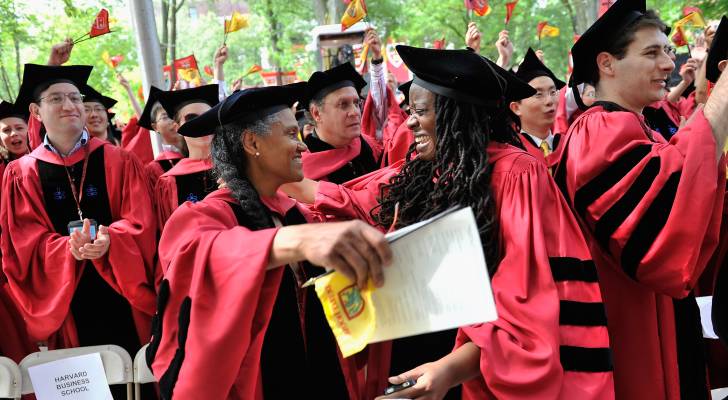
Harvard is one of many colleges that have expanded financial aid for students. The change is set to take effect starting in fall 2025, for the 2025–2026 school year.
According to the Harvard Gazette, the expansion will mean that approximately 86% of U.S. families now qualify for Harvard’s financial aid.
Low to no college-related costs could make post-secondary education much more affordable for you or your children. But what exactly is the financial aid Harvard is offering, and how does that affect your college budget?
On Mar. 17, Harvard announced that students who come from families that earn $200,000 or less will not have to pay tuition. And for those whose families earn $100,000 or less, food, housing, health insurance and travel costs will also be covered.
“The financial aid program is designed so that Harvard students can study, train, research, create and fully engage in the Harvard experience with minimal constraints,” Jake Kaufmann, director of financial aid and senior admissions officer at Harvard College, told the Gazette.
Students whose family earns $100,000 or less will also receive a grant for $2,000 in their first year and an additional $2,000 in their last year, intended to support them beyond graduation.
For families earning $200,000 or less, students won’t have to pay tuition, though aid beyond that is based on financial need. The university has also stated that it’s willing to work with families who earn more than $200,000 to offer assistance to students.
The income threshold has increased since the Harvard Financial Aid Initiative was launched in 2004. In 2023, the earnings cutoff for students of families receiving full financial aid was $85,000.
Read more: Are you rich enough to join the top 1%? Here’s the net worth you need to rank among America’s wealthiest — plus 2 ways to build that first-class portfolio
Even if you or your child qualifies for financial aid, it doesn’t mean you won’t have to pay anything to attend Harvard.
Although, according to the university, 55% of Harvard undergraduates received financial aid in the 2023–2024 school year, students (or their families) still ended up paying an average of $15,700. These costs could include textbooks, equipment and other living expenses.


